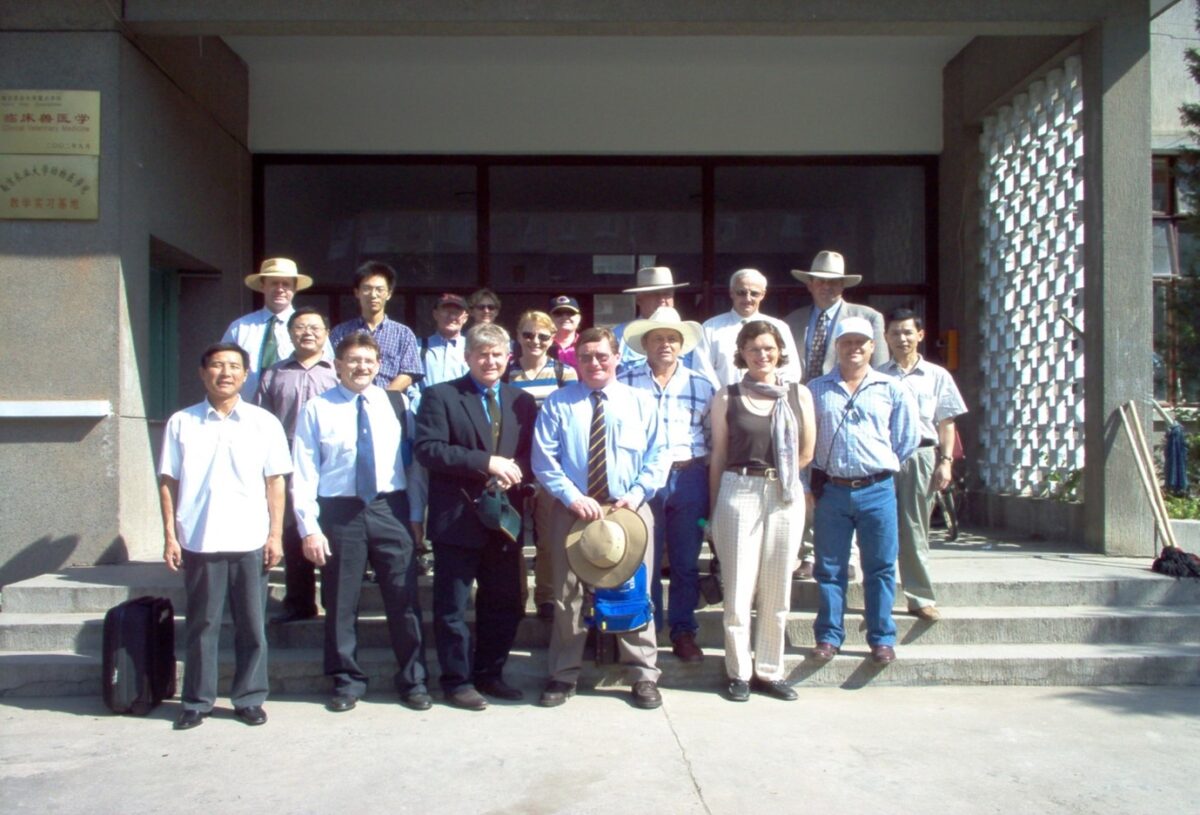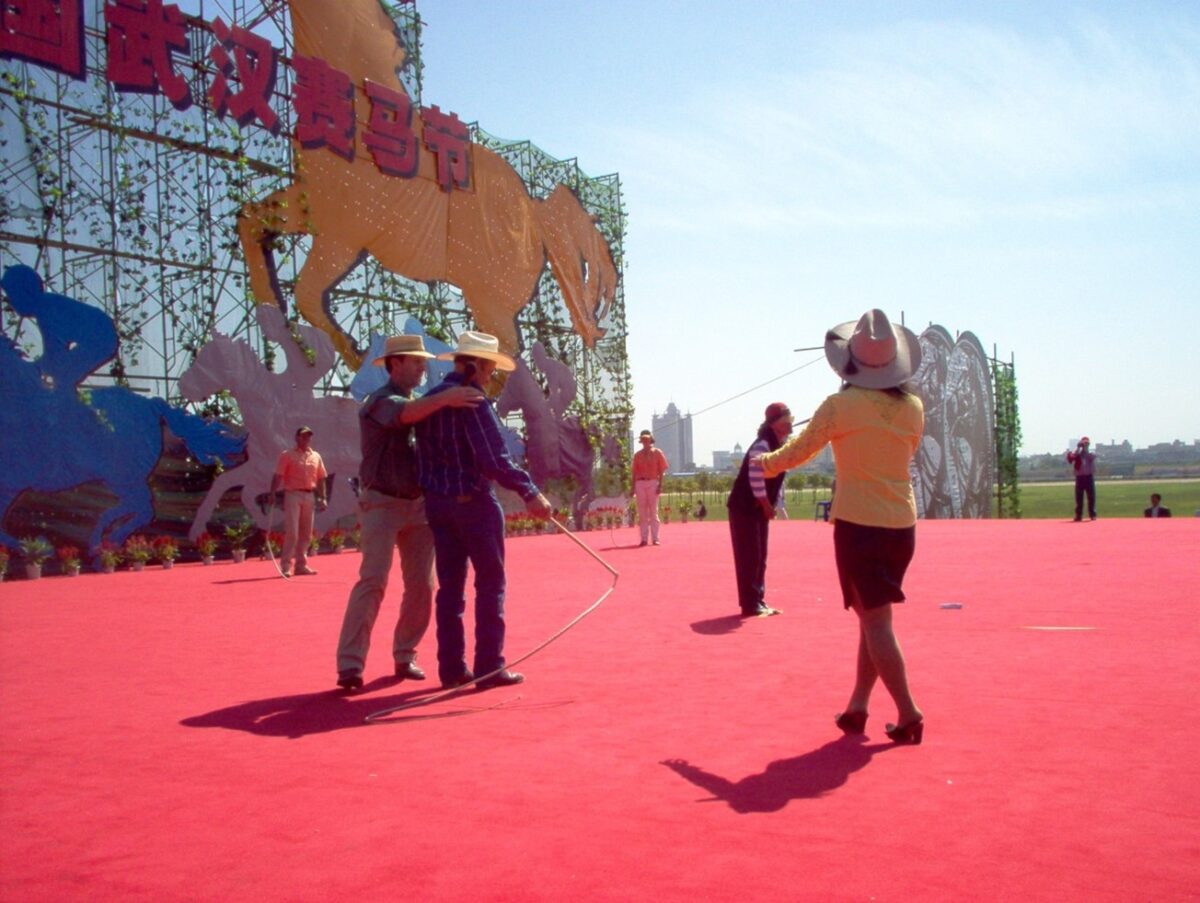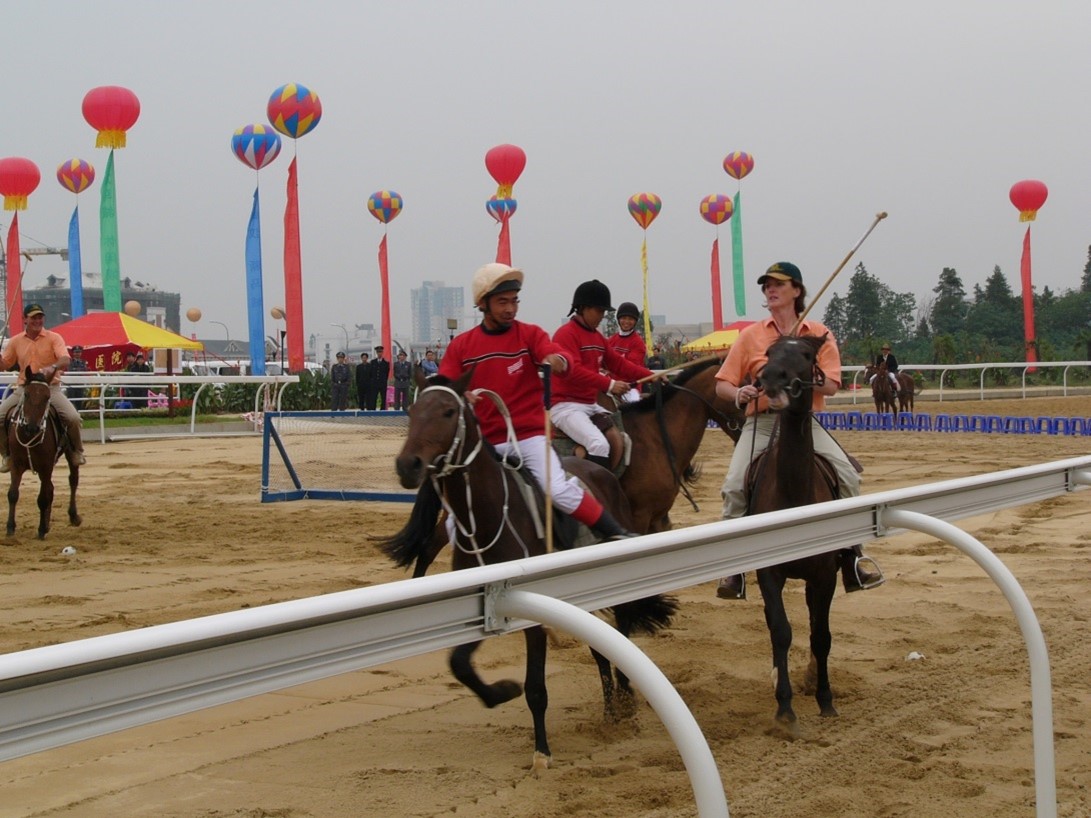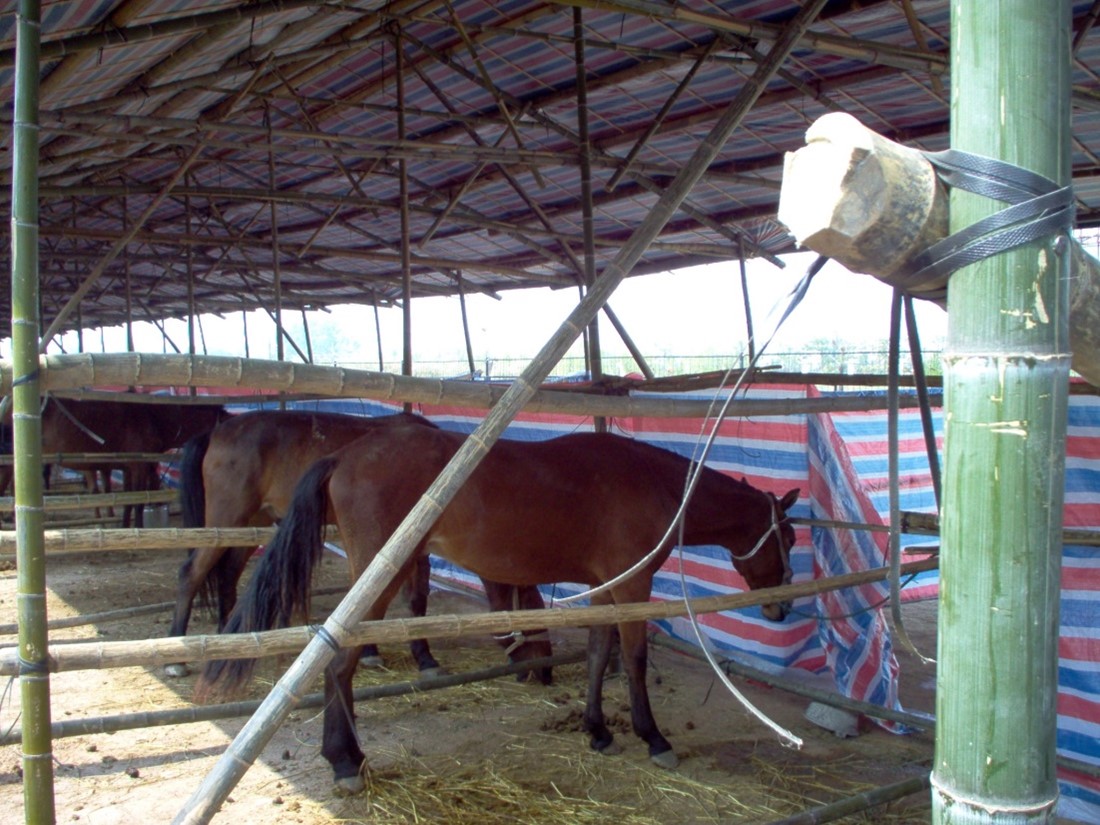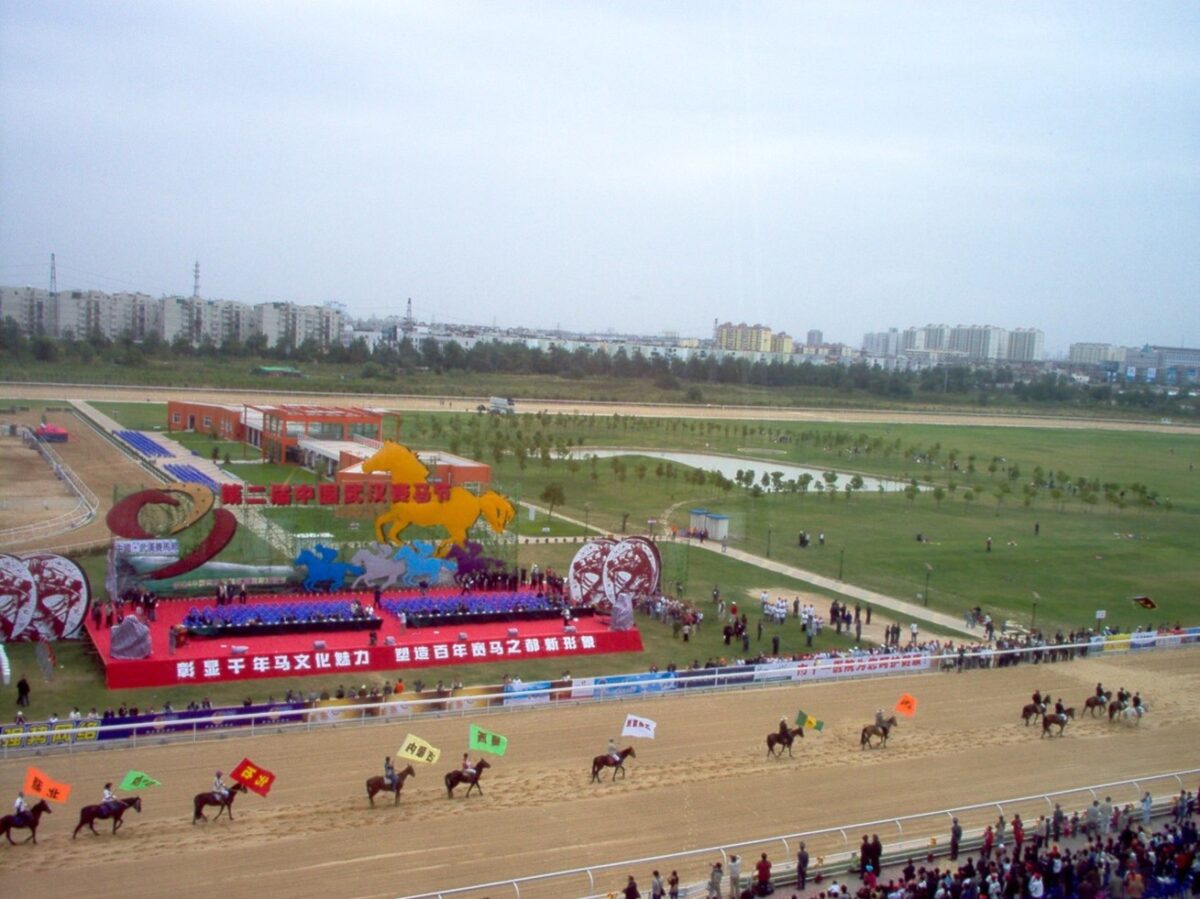Featured Image: Nanjing Agricultural University Sun Junling 2nd. from top left
Acknowledgements:
ASHS Steve Guihot and Ray Hines
HEC Don Champagne and Helen Xie
OLC ‘Jenny’
W. P. Howey Honorary Veterinarian ASHS AEVA EO
Early on this trip we met an extremely motivated young Chinese veterinarian at the Nanjing Agricultural University. He gave an impeccable address in English which he had learned by rote. His name was Sun Junling although it was not easy to establish this fact; he agreed with all our interpretations! In Chinese culture it is considered very rude to tell a visitor they are wrong. Renamed Jimmy by Derek Major at Agnes Banks we were able to provide a fellowship through the NSW TAFE Commission for Sun Junling to spend 6 months on study leave in the Upper Hunter Valley. It all worked out very well. I was lecturing to the Darley Flying Start trainees by then. Thanks to intervention by inaugural Darley Australia Manager Ollie Tait ‘Jimmy’ was accepted into the trainee program. I was his mentor. As such I was invited to his graduation at Dalham Hall Stud, Newmarket UK as the guest of Sheikh Mohammed Bin Rashid Al Maktoum. He may not have known but I travelled Business Class all the way including a stop-over in Dubai; all expenses paid. Sarah declined the offer to accompany me.










